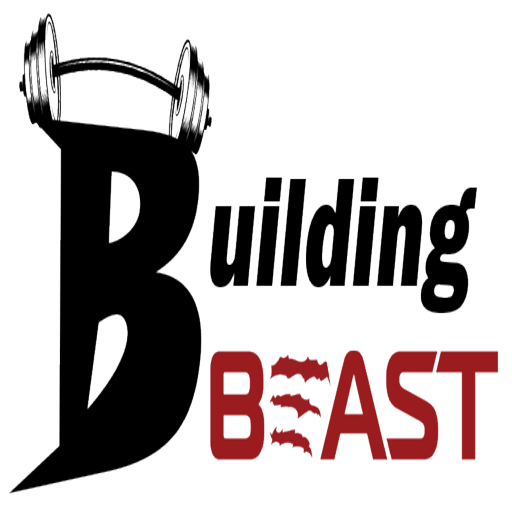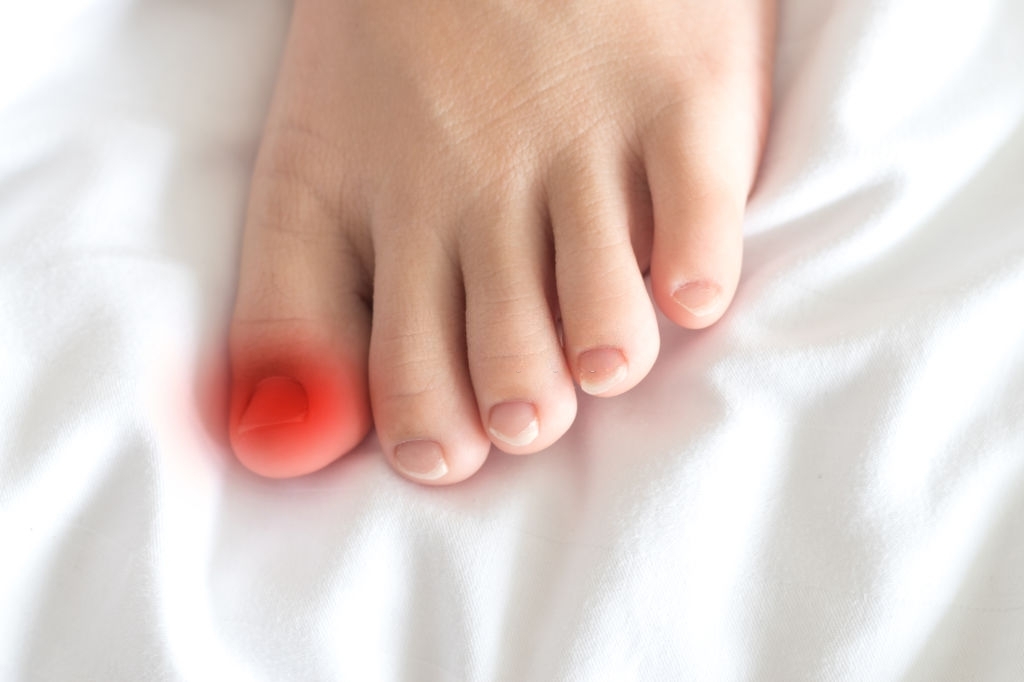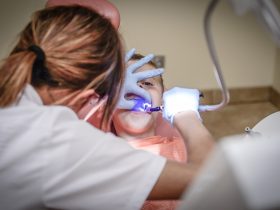INTRODUCTION
We understand how you must feel when you have to keep a straight face in the meeting room while your toenail is misbehaving. The excruciating pain when the nails cut into the skin is unexplainable. In this nail disease, the nails are cut into one or both sides of the paronychium. To put it simply, ingrown nails occur when the nails decide to dig into your nail bed instead of growing over it. Though it may happen in the nails of fingers as well as toes, it would find its home sweet home in the big toes most commonly. Find out the types, causes, and possible treatments for your ingrown nails. And do not let them take shelter for long.
WHAT ARE THESE INGROWN NAILS?
The medical term for the condition of ingrown nails is onychocryptosis. Onychocryptosis, as usual, is derived from two Greek words, Onyx which means nail, and Kryptos which means hidden, indicating a condition where nails are hidden beneath the skin layer. In this painful disease, the nails grow in such a way that it cuts into the paronychium.
The paronychium is the border of soft tissues present around the nails. The infection of these paronychium tissues is called paronychia. The nail plate can dig into either one or both sides of the paronychium in ingrown nails. Though the excruciating pain caused by this nail condition is a sign enough to go for proper treatment, let us look into some other symptoms that will help in easy self-diagnosis.
HOW TO RECOGNISE AN INGROWN NAIL?
The pain around the toes or fingernails, a redness, swelled appearance of the surrounding skin, are some of the signs of an ingrown nail. Sometimes blood may ooze out from the sides of the affected toes or fingernails. These are some of the bedside symptoms one may keep handy to self-diagnose. Now let us look deeper into the matter. The signs ad symptoms of ingrown nails can be broadly classified into two groups: the early symptom group and the advanced stage symptom group.
- The early symptom group:
Ingrown nails are usually diagnosed at home. In most cases, especially in Eastern countries, the primary treatments are started at home itself. Some of the initial signs and symptoms of ingrown fingernails are:
- The skin next to the affected nail slowly turning red and tender. The skin surrounding the nails may be swollen due to the accumulated fluids.
- Pain along the margins of the affected nail is caused due to hyper granulation.
- A painful feeling when pressure is applied on the affected nails of toes or fingers.
- Pus and watery discharge may be noticed in some cases.
- The advanced stage symptoms:
- In the advanced stage of ingrown nails, it is most likely that your nails are infected deeply.
- The redness and swollen skin around the affected nail may worsen in this condition.
- Watery discharge and pus release are now accompanied by a tinge of blood.
- The skin around the infected nail is observed to be overgrowing in mass.
- A hot or shivery feeling at the edge of the infected area is common during the advanced stage.
The doctors may ask for an X-ray report if you visit with a complaint of ingrown nails. The X-ray will show the extent to which the nails have penetrated your skin. The doctors may help you understand the cause of the infection. Sometimes ingrown nails are the result of some injury that we are unable to remember. What about the time you bumped your toes against the lampstand and cannot move your toes for weeks! It sounds painful. But it is more painful than it sounds.
WHAT CAN BE THE POSSIBLE CAUSE?
Knowing the causes of a particular disease will help to prevent its occurrence in the first place. Apart from accident and injury, there is certain behavioural negligence that acts as trigger factors of ingrown nails. Here are some of them which should NOT be on your to-do list if you do not wish to end with a pair of swollen nails:
- Incorrect way of nail cutting: If you have a habit of curving your nail cutter trimming the corners of your nail, STOP THAT NOW. Angling the sides of the nails of both toes and fingers may cause the nails to grow inwards. Instead, cut your nails straight and later file them with proper tools.
- Improper cutting technique: Cutting your nails too close to the nailbed will stimulate the nails to grow inwards. You are also exposing your fingers to other kinds of infections. Having a short growth of nails is essential. Evolution, you see.
- Curved toenails: Cut your toenails regularly if your toenails tend to grow in a curved manner. Do not let them be irregular and curved.
- Wrong footwear: Avoid footwears that exert too much pressure on your toenails, especially the big toe. Narrow shoes and tight socks and stockings are a BIG no. try wearing footwear that let air pass into them.
- Not maintaining foot hygiene: Start your footcare regime today if you haven’t cleaned the dirt pressed in between the nails of your toes and fingers. Keep your feet happy and dry.
- Sweaty feet: The National Health Services reported that having sweaty feet can accelerate the chances of your having ingrown nails. Dry off your feet regularly and wear airy shoes. Using a cotton pair of socks may prove beneficial.
- Genetic predispositions: Sometimes we cannot help but adapt to the situation. Due to genetics, some of our nailbeds and toenails are not in proper shape. This instigates the chances of onychocryptosis. In that case, taking proper preventive measures are essential.
If the causing factors of ingrown nails are maintained without taking proper measures, the toenails may be permanently damaged. The tissue or skin layer that grows over the edge of the nails to hold the nails in place is moulded permanently. This altered pattern of skin covering and nailbed may house several other kinds of bacterial infections.
For athletes, ingrown nails are a common phenomenon. According to research, an active football player will suffer from onychocryptosis at least once a year. Using their feet extensively to kick the ball caused their toenails to grow inward. People who are engaged with other activities, like dancing and kickboxing, encounter the condition frequently as well. The big nails are mostly at threat. Older people are also at high risk of suffering from this nail condition as their nails thicken with age. The toes may play nasty games!
HOW TO TREAT INGROW NAILS AT HOME
During the initial stage of the ingrown nail condition, when your nails are not YET infected, you can easily seek the help of your home remedies. Let us help you find the correct match here:
- To reduce the tenderness and redness of the toes, you may go for hot water soaks. Soaking your affected feet in hot water for a few minutes 4-5 times a day will reduce the swelling and tenderness.
- Try keeping your feet dry as much as possible. Moist skin is easy ground for bacteria to infest.
- Applying antibiotic creams will help you out here. Though it is wise to take the advice of your doctor while choosing one. Cover the toes with a bandage after applying cream and never use the same bandage to cover your nails twice.
- Lift your affected nail with a wedge or simply a nail cutter. Be sure that you are not doing it too hard as it may damage your nails even further. Use dental floss or a small piece of cotton to soak the pus or discharge. Make sure that you are changing the cotton or floss daily.
- Pick the correct fit of shoes for your toes. Wearing open-toed and airy shoes would be a wise call. Also, don’t forget the choose the correct pair of socks. Going for polyester and synthetic materials is not recommended as it restricts the easy passage of air.
- To tackle your pain, you can ask for pain relievers and other over-the-counter medicines. Though these measures are only to be taken until you visit your doctor.
If the symptoms do not pass and the ingrown nail condition worsens, set up the doctor’s appointment as soon as possible. Don’t shelter the nasty thing in your body for too long.
Armpit rashes are also painful nowadays. Check out this amazing guide to get rid of Armpit Rashes.
WHAT ARE THE OTHER TREATMENTS?
Your doctor may ask for a quick X-ray if you bust in with an ailing toenail. The X-ray will dictate how deep the nail went, and what actually caused the inward growth of the nail. Different sets of treatments are followed for naturally occurring ingrowth and ingrowth caused due to an injury. Know more about the ingrowth caused due to accidents and injuries.
Here are some of the treatments for ingrown nails:
- Antibiotics: If the nails of your toes or fingers are infected already, your doctor will surely prescribe some antibiotics. The nailbed has been a breeding ground for all sorts of bacteria by now. The paronychium or the soft tissues around the edges of the nail is most likely been infected by now. This may cause paronychia. Both oral and topical medications may be prescribed to get rid of the bacterial infection.
- Nail lifting: When no pus or watery discharge is observed beneath the ingrown nail, a simple upliftment of the nail is enough. The doctor may lift your affected nail with the help of a splint to set it into a new position so that it grows over the nailbed instead of digging into it.
- Nail removal: In some cases, the nails may start to rot due to excessive accumulation of pus and other watery substances. This phenomenon is commonly seen in the elderly population. In such situations, removing a part of the whole nail is recommended. The doctor will use local anaesthesia to numb the infected finger or toe before removing the nail surgically. Proper care must be taken after the nail removal surgery.
OTHER COMPLICATIONS RELATED TO INGROWN NAILS
The nail disease will welcome several other complications. Some of which are not worthy enough of attention, while others may prove detrimental. People having a pre-existing condition of diabetes and vascular disorders are much more prone to develop severe infections if face with ingrown nails. They must be overtly cautious and take proper preventive measures.
Do not put off the medical appointment for a silly ingrown nail. They may suddenly decide to take the form of a gigantic complication. It may cause several types of bone infections. The tissues around the edges of the nail may start decaying due to infections. Foot ulcers are also commonly observed after untreated ingrown nails. Some of the severe complications may lead to a condition called gangrene where the tissues of the body start decaying and spreading to losing a limb.
Don’t let the disease spread to your entire healthy body. Read about other preventive measures for nail infections.
CONCLUSION
The toenails sometimes prove to be the most notorious of the lot. Getting jammed or bumped at the corners will encourage the nails to grow inwards cutting into one or both the sides of the nail ridges. Athletes and sportspersons are very much prone to this condition. For instance, footballers need to kick over and over with the tip of their big toe and it may easily cause an ingrown nail.
The infection caused by an ingrown nail is hard to surpass. Some homely measures can be adopted to get rid of the infection. Soaking the affected fingers in hot water for 15-20 minutes a day is found to be most beneficial. The hot water doesn’t let the bacteria build colonies between your fingernails.
Call off your habit of cutting nails in an angular manner. Start wearing cotton socks and make foot hygiene a weekly thing. Set up an appointment with your doctor if you see funny business around your toes. Pus release and watery discharge with tenderness and swelling are not really good signs. Heal the ingrown nail infection before other complications try to take refuge in the toes.







